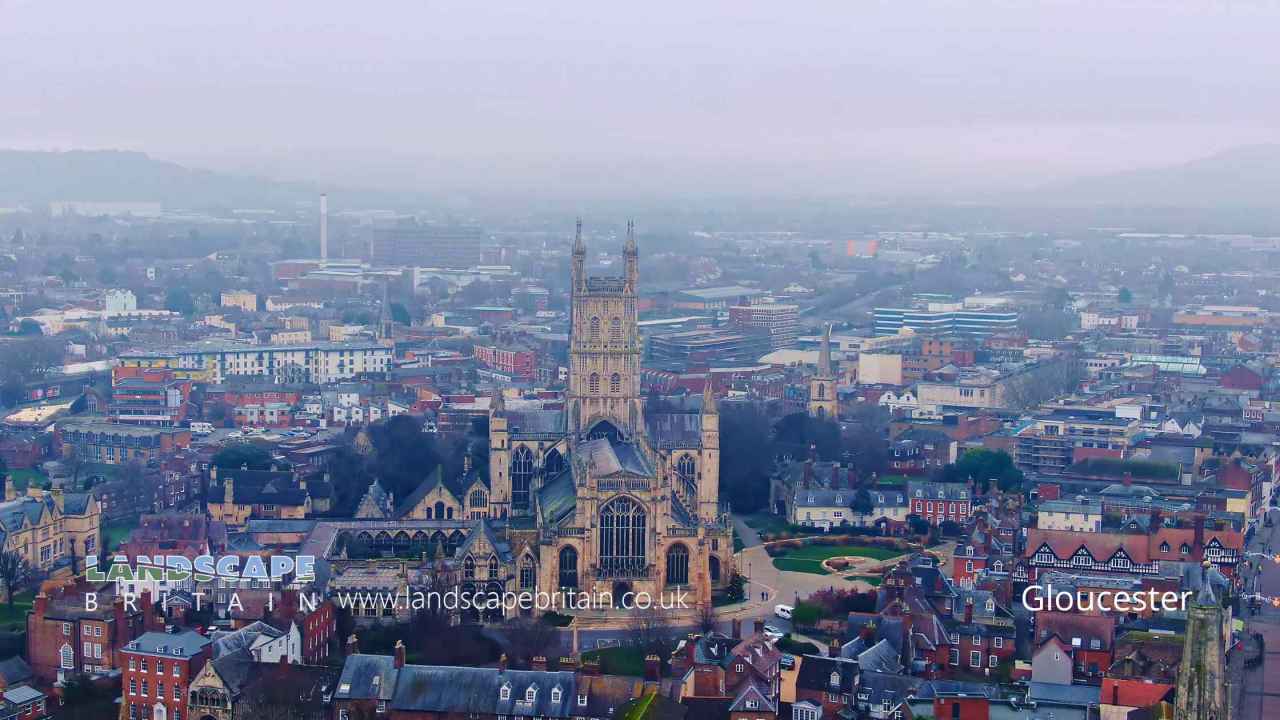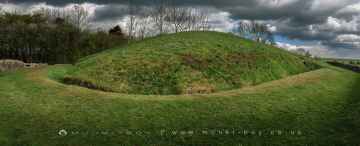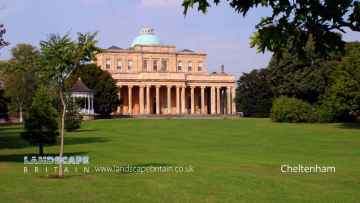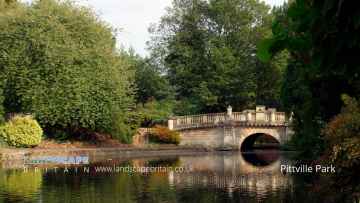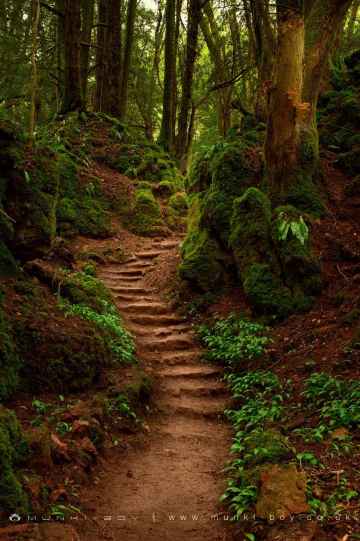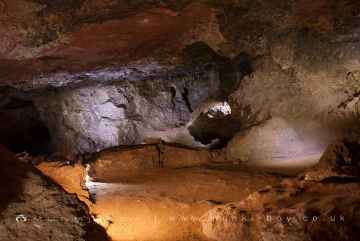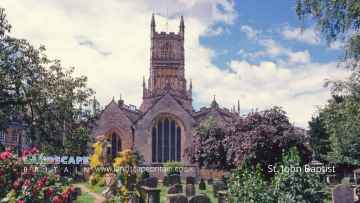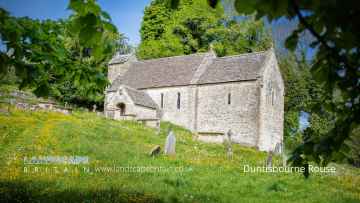Gloucester is a City in the county of Gloucestershire.
Gloucester, a city steeped in rich history and cultural heritage, is located in the South West of England. Known for its unique blend of historic and modern elements, Gloucester boasts a diverse array of attractions, ranging from its well-preserved Victorian docks to the majestic Gloucester Cathedral, which has stood as a testament to architectural grandeur since the 11th century. The cathedral, famous for its striking cloisters and stunning stained glass windows, has been a site of Christian worship for over 1300 years and remains a cornerstone of the city’s cultural and spiritual life.
The city’s history is deeply intertwined with the River Severn, one of the UK’s longest rivers, which has played a pivotal role in Gloucester’s development as a trade and transport hub. The Gloucester Docks, once bustling with trade and industry, have been thoughtfully revitalised, blending the old with the new. This area now serves as a vibrant leisure and retail destination, showcasing a harmonious mix of restored warehouses, modern shops, and trendy eateries, all set against the backdrop of the waterways.
Culturally, Gloucester is a mosaic of traditions and stories. The city celebrates its heritage through various festivals and events throughout the year, such as the Gloucester History Festival and the Gloucester Tall Ships Festival, which draw visitors from far and wide. These events not only honour the city’s past but also bring its community together in a celebration of local identity and pride.
Education and innovation are also key components of Gloucester’s modern identity. The presence of the University of Gloucestershire adds a youthful and dynamic dimension to the city, fostering a culture of learning and creativity. This educational institution, along with various research and development centres, propels Gloucester forward as a city that values knowledge and innovation.
Gloucester is a city that offers a compelling blend of history, culture, and modernity. Its ability to honour its past while embracing the future makes it a unique and fascinating destination, rich in experiences for both residents and visitors alike. The city continues to evolve, weaving new stories into the rich tapestry of its long and illustrious history.
Gloucester postcode: GL1 2
There are great places to visit near Gloucester including some great ancient sites, historic monuments, towns, parks, hills, woodlands, geological features, caves, old mines, airports, historic buildings, villages and cities.
Gloucester has some unmissable ancient sites nearby like Belas Knap Long Barrow, and Notgrove Long Barrow.
The area around Gloucester's best historic monuments can be found at Belas Knap Long Barrow.
Gloucester's best nearby towns can be found at Cheltenham, Coleford, and Cirencester.
Pittville Park is one of Gloucester's best, nearby parks to visit in Gloucester.
There are a several good hills in the area around Gloucester like Cleeve Hill.
There are a several good woodlands in the area around Gloucester like Puzzlewood.
Gloucester is near some unmissable geological features like Puzzlewood,
Caves to visit near Gloucester include Clearwell Caves.
Clearwell Caves is a great place to visit close to Gloucester if you like old mines.
Gloucestershire Airport is a great place to visit close to Gloucester if you like airports.
The area around Gloucester boasts some of the best historic buildings including St. John Baptist Cirencester, and Gloucester Cathedral.
Duntisbourne Rouse, and Rodmarton are great places to visit near Gloucester if you like villages.
The area around Gloucester's best cities can be found at Gloucester.
Gloucester History
There are some historic monuments around Gloucester:
Areas of Gloucester
Like most towns and cities Gloucester is comprised of a number of areas, once separate villages or small towns and parishes now part of Gloucester.
Many of the areas of Gloucester have their own character and places of interest.
Places to see near Gloucester
History of Gloucester
The first bridging point on a navigable, defensive barrier, great river and the foundation in 681 of the abbey of St Peter by Athelred of Mercia, favoured town growth; and before the Norman conquest of England, Gloucester was a borough governed by a portreeve, with a castle which was frequently a royal residence, and a mint. In the early 10th century the remains of Saint Oswald were brought to a small church here and shrine built there, a draw for pilgrims. The core street layout is thought to date to the reign of Athelfla¦d in late Saxon times. In 1051 Edward the Confessor held court at Gloucester and was threatened there by an army led by Godwin, Earl of Wessex, but the incident resulted in a standoff rather than a battle. After the Norman Conquest, William Rufus made Robert Fitzhamon the first baron or overlord of Gloucester. Fitzhamon had a military base at Cardiff Castle, and for the succeeding years the history of Gloucester was closely linked to that of Cardiff.










